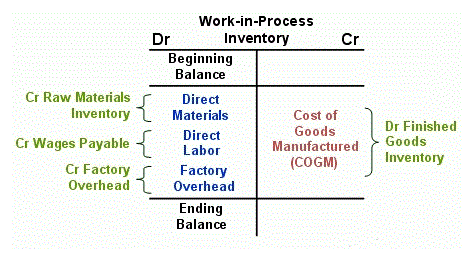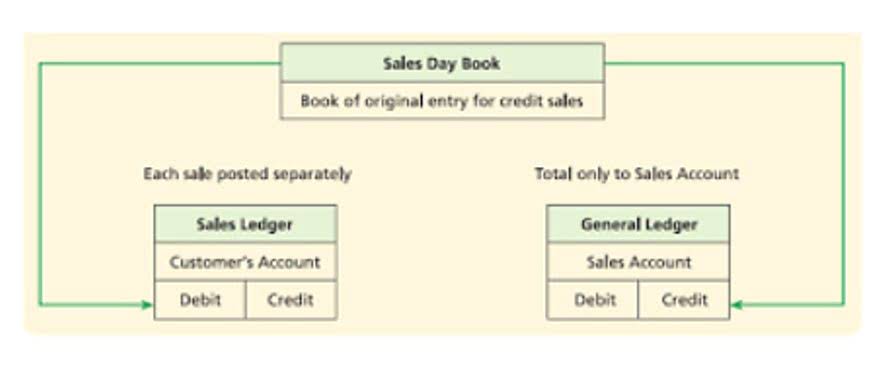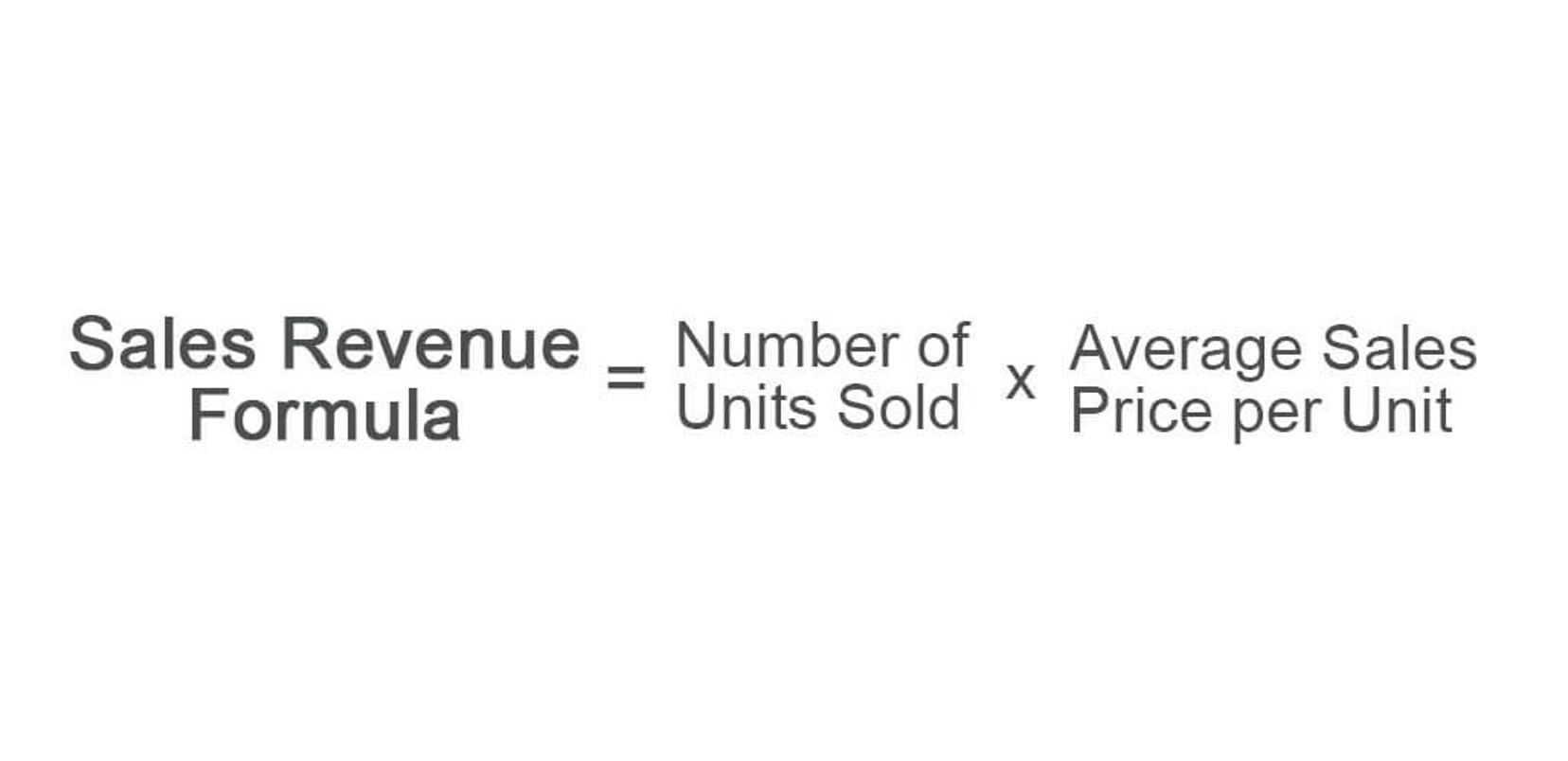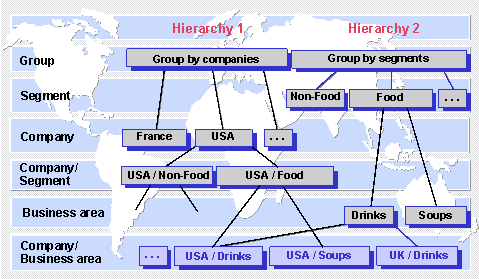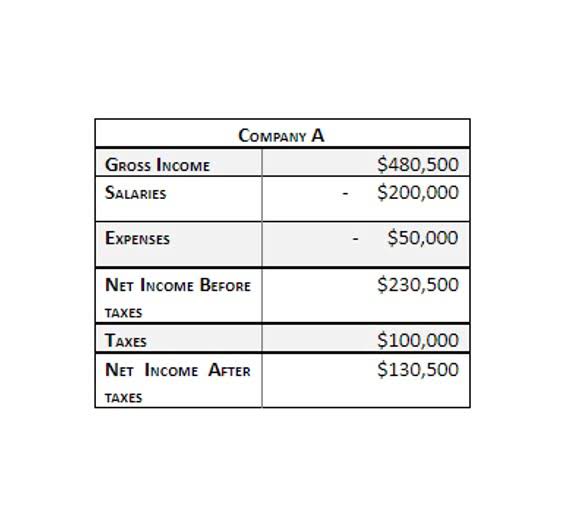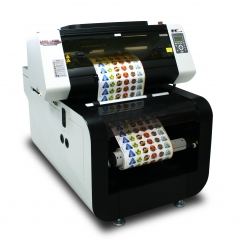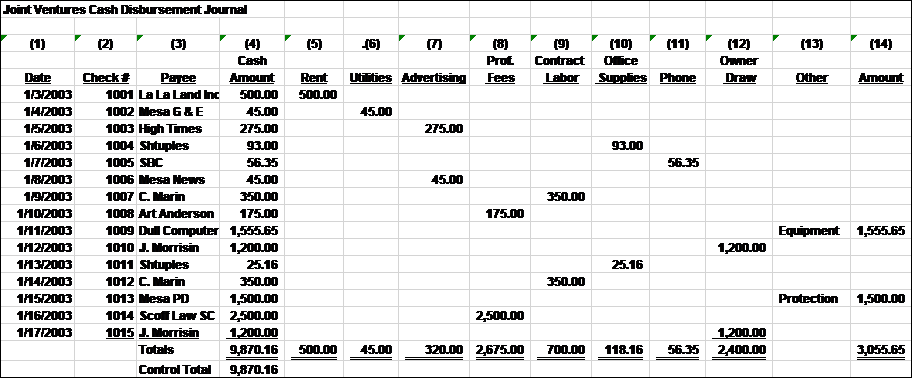
For digital records, QuickBooks allows you to easily delete or condense historic transaction data to save you storage space and secure sensitive financial information. While accounting encompasses these data-gathering duties, this field also tends to involve analyzing the numbers and making profit and loss projections. However, bookkeeping as a term doesn’t necessarily include such long-term calculations and analyzes. A separate bank account is the first step in distinguishing between business and personal finances.
File tax returns

Using a comprehensive bookkeeping software program often becomes easier over time. The best bookkeeping software syncs with your business bank account and payroll systems so that you’re easily able to import and export transaction history. We’ll cover some of the best business bookkeeping software options a little later. This ensures that you have the correct amounts when you’re ready to deduct business expenses on your annual tax return. Implementing systems and best practices for keeping track of expenditures and revenues is key to managing cash flow. Without these systems in place, it’s all too easy to lose track of funds or create the financial records necessary to file taxes and apply for small business financing, if necessary.
A small business can likely do all its own bookkeeping using accounting software. Many of the operations are automated in the software, making it easy to get accurate debits and credits entered. You might choose to use document management software to keep track of key financial information and statements. You’ll want to periodically back up your files and ensure that you’re adhering to security protocols so your information isn’t compromised.
For example, you could set up a program using invoicing software to automatically send an invoice within 48 hours of a sale, followed by timed payment reminders and overdue notices if needed. Publicly traded companies in the US and Canada must use a set of standards called generally accepted accounting principles, or GAAP. Although privately held companies don’t have to adhere to these rules, they can be useful in communicating with accountants and bookkeepers. Most other developed countries use the International Financial Reporting Standards (IFRS). A small business owner should have a budget for projected revenue and expenses, then check it periodically against actual results. Budgeting helps small businesses analyze operations to improve cost efficiency, as well as find possible opportunities for expansion.
Set Up a Chart of Accounts
If you follow the tips we’ve laid out above, you’ll likely be able to focus some of your time on other important facets of your business. Letting someone else handle your accounting means you have one less thing to worry about. Instead of crunching numbers, you’ll be free to focus on other tasks that are necessary to run or scale your business. An accountant can also ensure greater accuracy and may be more knowledgeable about the tax code and reporting requirements. A professional bookkeeper won’t be overwhelmed by the nuts and bolts of DIY bookkeeping, and their help allows you to focus on making money, not documenting it. Routinely cross-check receipts and cash flow during your weekly bookkeeping session to keep your cash systems polished and up-to-date.
Online bookkeeping method
Without a due date, you will have more trouble forecasting monthly revenue. After some of your finished items have sold, you can track the cost of goods sold by including all direct costs. This can be done using the traditional method or with activity-based costing. You can figure both your direct and indirect costs by performing a cost assignment to each type of good you produce or service you provide. There are several effective ways to manage bookkeeping responsibilities in-house or externally by using helpful tools and technologies.
- Without a clear financial picture, it can be difficult to move your business forward.
- If you’re using tax filing software, you may have the option to organize and store receipts electronically.
- Keep track of your cash using cloud software that links through multiple devices, like your phone or laptop.
- Tracking your expenses is an essential part of managing your finances.
- The first step you’ll need is a business bank account, which allows you to keep your personal and business expenses separate.
- Accounting is the process of assembling and presenting a business’s financial data.
Track Absolutely Everything
It is the process of collecting invoices, receipts, payroll, and tax payments, and recording the financial data in those documents. Accurate and up-to-date bookkeeping and accounting increase the odds of a small business succeeding. Your online small business selling gourmet coffee is taking off, with sales through coffee-club memberships doubling in the past year. Your desk is cluttered with sales invoices and expense receipts, and you haven’t reviewed the business’s accounts or bank statements in three months. QuickBooks accounting software can help you ease into the accrual method haircut and margin of accounting by ensuring that your records are accurate, based on information from your credit card or payment apps. If you plan on growing your business in the future, you’ll probably want to get used to using this method.
Thankfully, once you have a simple system in place, documenting your cash flow is easy. When your business income mixes with your personal accounts, it doesn’t make more money—it just makes a mess. A bookkeeping checklist outlines the tasks and responsibilities you need to do regularly to keep the books up-to-date and accurate. It serves as a road map to ensure you correctly record and report all necessary financial transactions are recorded and reported correctly. To set up a budget, gather your financial data, such as income statements, balance sheets, and cash flow statements. This will give you a clear picture of your business’s differentiating job costing from process costing past financial performance and help you make realistic projections for the future.
You can then compare different programs to evaluate the range of features and benefits that are included, and the how to calculate a trade discount overall cost of using it. With the first, you’ll create a receipt for every cash payment you receive. Use a receipt book that makes immediate duplicate records so you can write a quick receipt for a customer and keep a record for yourself. If you’ve never set up a business bank account before, getting started is easy. First, find a bank that offers the best fit for your business needs—even if you already have a relationship with a bank, it doesn’t hurt to consider other options. Your priorities may vary, but consider looking for an account that offers no or minimal bank fees.





